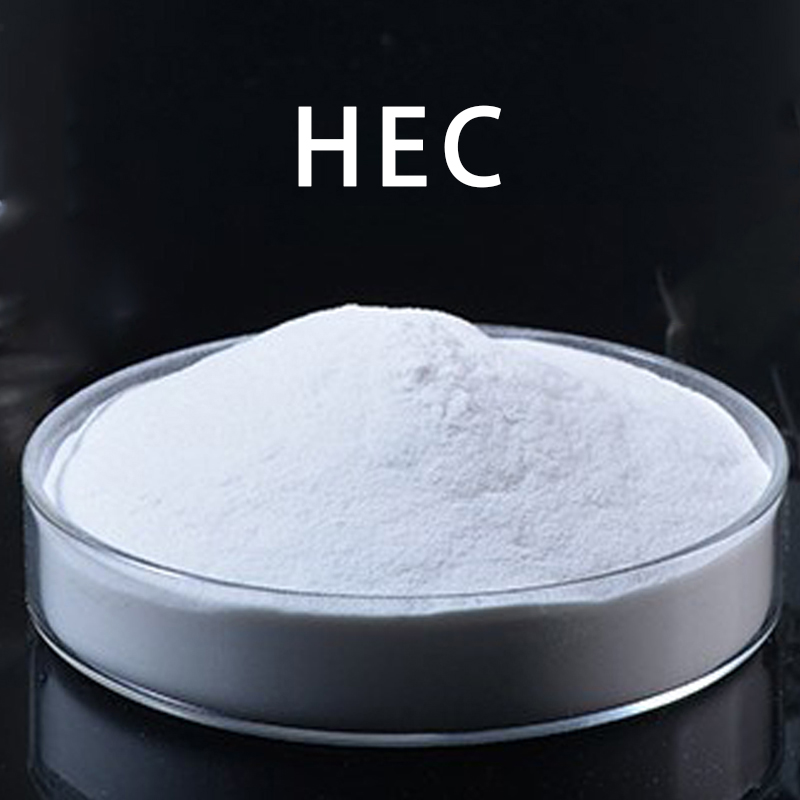Ethyl cellulose is a derivative of cellulose that is modified with ethyl groups. It is commonly used in various industries for its film-forming and barrier properties. In the pharmaceutical industry, ethyl cellulose is often employed for controlled-release drug formulations, while in other industries, it finds use in coatings, adhesives, and specialty applications. Here are the dissolution methods and main uses of ethyl cellulose:
Dissolution Methods:
Solvent Dissolution:
Ethyl cellulose is typically insoluble in water but dissolves in organic solvents such as ethanol, acetone, ethyl acetate, and others. The solvent dissolution method involves dissolving ethyl cellulose in a suitable organic solvent to create a solution, which can then be applied as a coating or incorporated into formulations.
Hot Melt Extrusion:
In some cases, ethyl cellulose can be processed using hot melt extrusion. This involves heating the polymer to its melting point, mixing it with the active pharmaceutical ingredient, and then extruding the mixture through a die to form a solid dosage form with controlled release properties.
Main Uses:
Pharmaceutical Industry:
Controlled-Release Formulations: Ethyl cellulose is widely used in pharmaceuticals for controlled-release drug formulations. It forms a barrier that controls the release of the active ingredient, providing sustained and extended drug delivery.
Matrix Tablets: Ethyl cellulose is often used in matrix tablets, where it acts as a binder, providing controlled drug release over an extended period.
Coatings:
Pharmaceutical Coatings: Ethyl cellulose is used as a film-forming agent in pharmaceutical coatings, providing a protective layer for tablets and capsules. This helps mask the taste of the active ingredient and controls its release.
Food Coatings: Ethyl cellulose is used in the food industry for coating purposes, providing a thin layer to enhance the appearance and preservation of certain food products.
Adhesives:
Pressure-Sensitive Adhesives: Ethyl cellulose is used in the formulation of pressure-sensitive adhesives. These adhesives remain tacky under light pressure and can be used in applications such as labels and tapes.
Specialty Applications:
Inks and Printing: Ethyl cellulose is used in the formulation of inks for printing applications, contributing to the adhesion and flow properties of the ink.
Specialty Coatings: It is employed in specialty coatings for various applications where a combination of film-forming and barrier properties is required.
Industrial Applications:
Textile Industry: Ethyl cellulose is used in the textile industry as a sizing agent for yarns, providing strength and stability during the weaving process.
Oil and Gas Industry: It is used as a component in drilling muds in the oil and gas industry to control fluid loss and provide stability.
It’s important to note that the specific properties of ethyl cellulose, such as its molecular weight and degree of ethoxylation, can influence its performance in different applications. Additionally, the use of ethyl cellulose in pharmaceuticals must comply with regulatory requirements for safety and efficacy.


